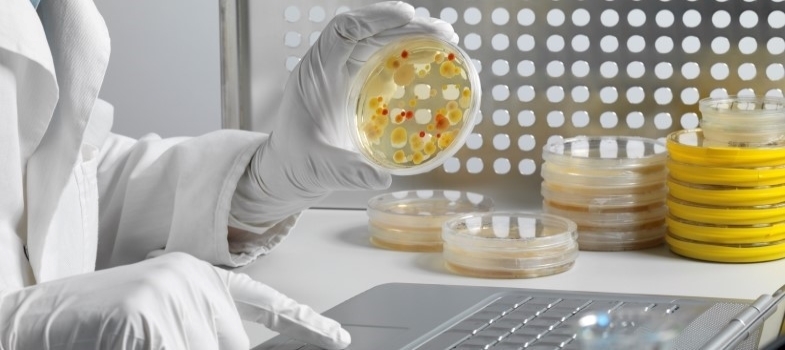4.5 Additional considerations when calculating sample sizes
So far this module has introduced you to the concepts and methods for determining a suitable sample size for your research study or surveillance programme. However, there are many other considerations. You should always consult with an epidemiologist or statistician when planning to conduct a sample size calculation, as you may need to consider the following situations:
- When animals are ‘clustered’ into herds or flocks, or when you have used a multistage or stratified sampling design, this needs to be taken into account in the calculation of the sample size. There are a number of ways to achieve this, depending on the structure of the clustered population.
- Sometimes you might have multiple objectives for AMR surveillance, and it is important to ensure the overall sample size is sufficient for each of these. For example, you might to compare differences in AMR between multiple regions, but also compare changes in AMR over time. You will need different sample size calculations for these two objectives. Make sure your calculated sample size meets the minimum required precision, confidence level and power of all your important objectives, not just the main or primary objective.
- Special methods (known as ‘exact’ methods) may need to be used to calculate sample size if the expected frequency of the resistant organisms or use of a particular antimicrobial being studied is very low; for example, if fewer than five isolates are expected. Where possible, avoid this situation by increasing your sample size.
- Various things can go wrong when collecting and processing samples. It might be impossible to reach the selected surveillance site due to flooding or bad weather. Specimens might be lost or accidentally destroyed during transport or in the laboratory. Combined, this is variously described as ‘dropout’, ‘loss to follow-up’ or ‘missing data’. As a general rule, increase your sample size by 5–10% above the calculated value to allow for dropouts.
4.4 Adjusting statistical parameters to suit constraints



